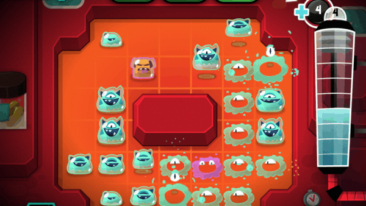Life Goes On – What We Think:
2D puzzle platformers are experiencing somewhat of a renaissance as of late. They offer players puzzles that will test their minds and their ability to maneuver through levels in a skillful fashion. As with most puzzle platformers, death becomes a consequence.
Life Goes On turns that antiquated idea of death on its head and instead makes it an expected part of the game. Much like the Dark Souls franchise, death is used as a form of learning and encouraged in order to succeed. Death is not the end but only a stepping stone (often literally) in the case of Life Goes On.
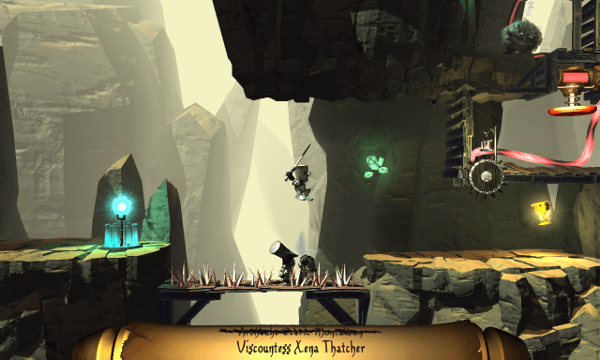
You start each level as a knight, traversing through levels by moving left, right, and jumping. The goal of each short, puzzle-filled level is to get to the golden chalice found in each. Getting to the golden chalice requires you to solve puzzles and avoid hazards; flames, spikes, electrical surfaces and other things kill you in one hit and they are prevalent in each level.
Ailin’ While Grailin’
When you die you respawn as a new knight from the last checkpoint you touched. You quickly learn that sacrifice is necessary and a helpful mechanic of the game. You’ll always use your previous knights to help you progress through levels. You may cross spiky floors by using their corpses as platforms, encounter a cannon you can shoot your knight out of in order to hit some out of reach switch or you’ll later encounter a contraption that freezes you and turns you into a square ice block, which then can be pushed around and used as a platform or pushed onto a weight activated floor switch.
You don’t have a limit to how many knights you can sacrifice in order to complete a level, which is great. I could see how limiting the amount of times you can die would detour from experimentation and lead to frustration. The challenge of the game mainly comes from the 50+ levels themselves.
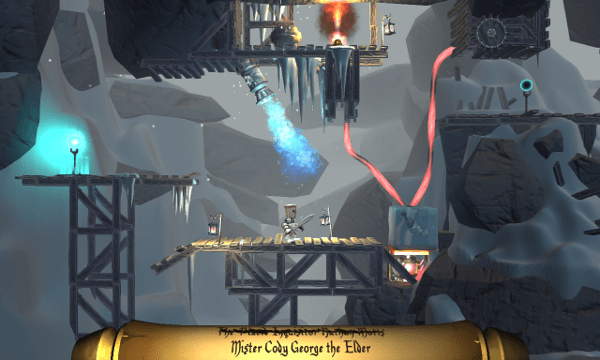
Levels never feel punishing or annoying. Instead they are paced well and offer variety by introducing new contraptions as you progress. An example are gravity beams introduced later in the game that change how you go about solving puzzles altogether. The game does a good job of introducing new mechanics without making things overwhelming or overly complicated. Puzzles might get you stuck for a moment, but I found that most offered a fair challenge without ever becoming a hindrance to the fun and also never felt repetitive or grindy.
The Mission for the Sacred Chalice, Or Something…
The narrative in Life Goes On is non-existent and nothing is established or explained. There is hardly any text at all on screen besides the name of the current knight you are playing. Although a narrative would have been nice to see, I don’t know how you’d incorporate one alongside this game’s unusual mechanics, but anything world-building at all would help to make the game more compelling.
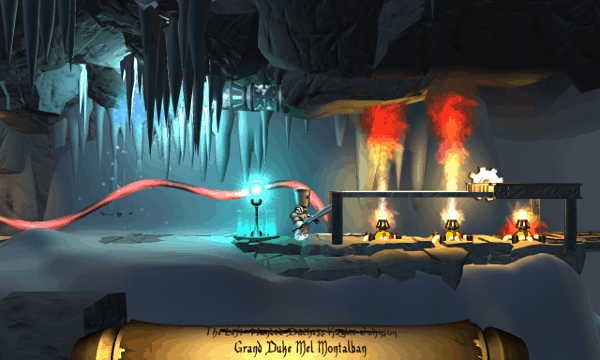
The game only took me some two hours to complete, which felt short but never padded out. There are extra challenges associated with each level, that include completing a level in a certain amount of time while only sacrificing a certain amount of knights. There is also a hidden creature to find in each level that kills you when you get near it. These challenges create a reasonable replay value for all you achievement junkies out there.
A Blessed Spectacle
Visually the game looks good, for the most part; nothing blends into the background, objects are modeled well, dim lighting makes areas more foreboding. Although the game has three different areas in which levels take place that include The Mountains, The Caves, and The Castle, they always end up feeling like skins rather than unique level designs. The Castle levels, for instance, will have stages that take place in an underground cave-like area with just stone walls in the background. Levels for the most part end up not having much personality, or differentiating factors, which leads to Life Goes On’s biggest problem.
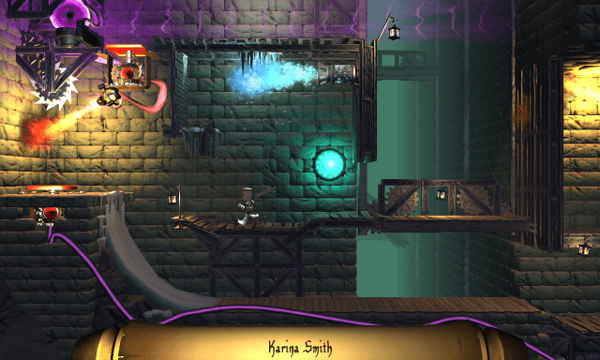
In spite of some toylike appearances, Life Goes On somehow feels too serious for its concept, and could have risked a little more playfulness. You’re sacrificing knights in order to get to a golden chalice, yet it doesn’t have any real wit about it, which I found was a lost opportunity; in spite of its graphical treatment I found its general lack of personality could make it difficult to pick out in a crowd. I felt like I was missing those extra hooks, whether it’s a more distinct art style or a whimsical narrative – Life Goes On would have only benefited from either.
Gobble That Goblet
If you’re looking for a solid, more laidback puzzle-platforming experience, I’d recommend you play Life Goes On. It may not be the most challenging or intricate 2D puzzle platformer out there, but it’s still fun regardless. Its simple, rather unique mechanics mixed with the diverse, well-designed puzzles, make for an enjoyable game.





